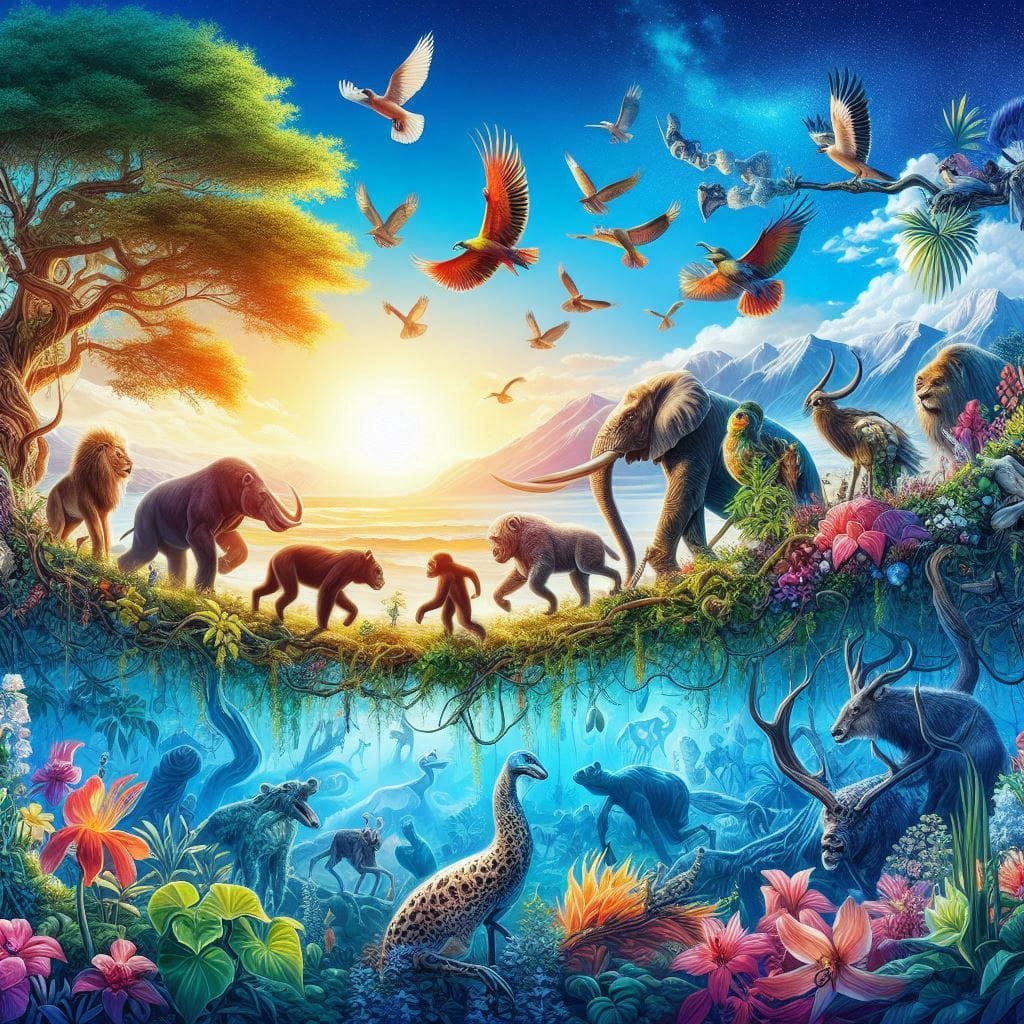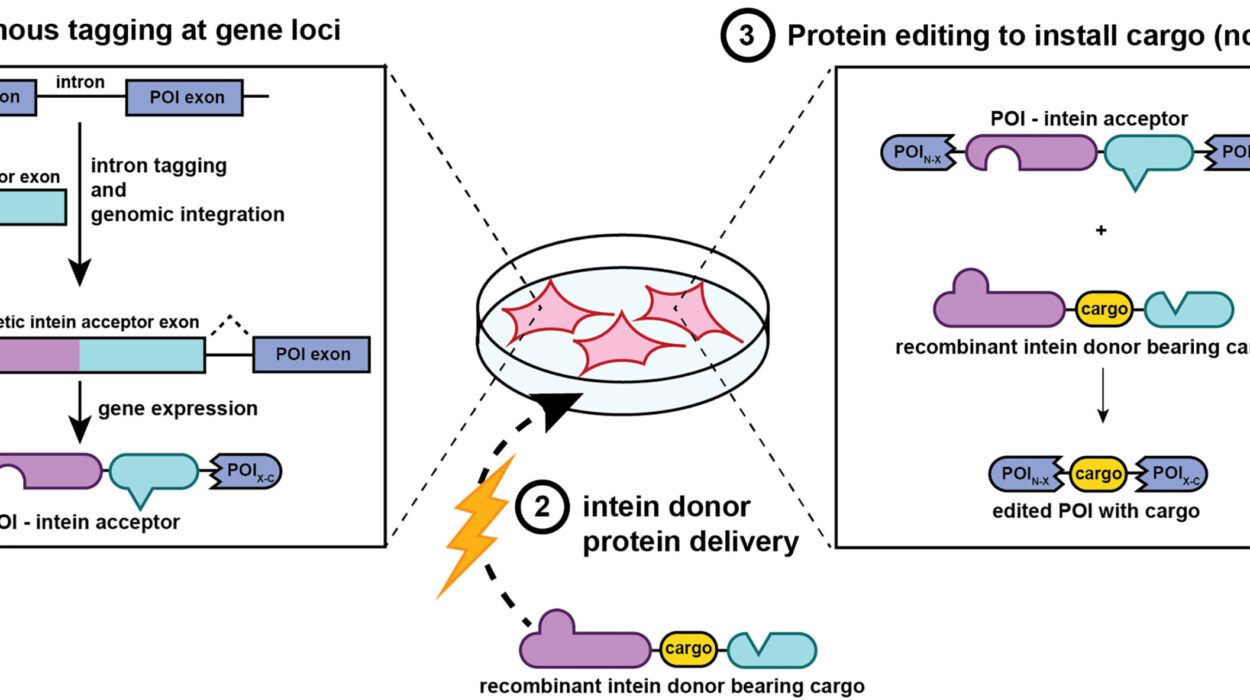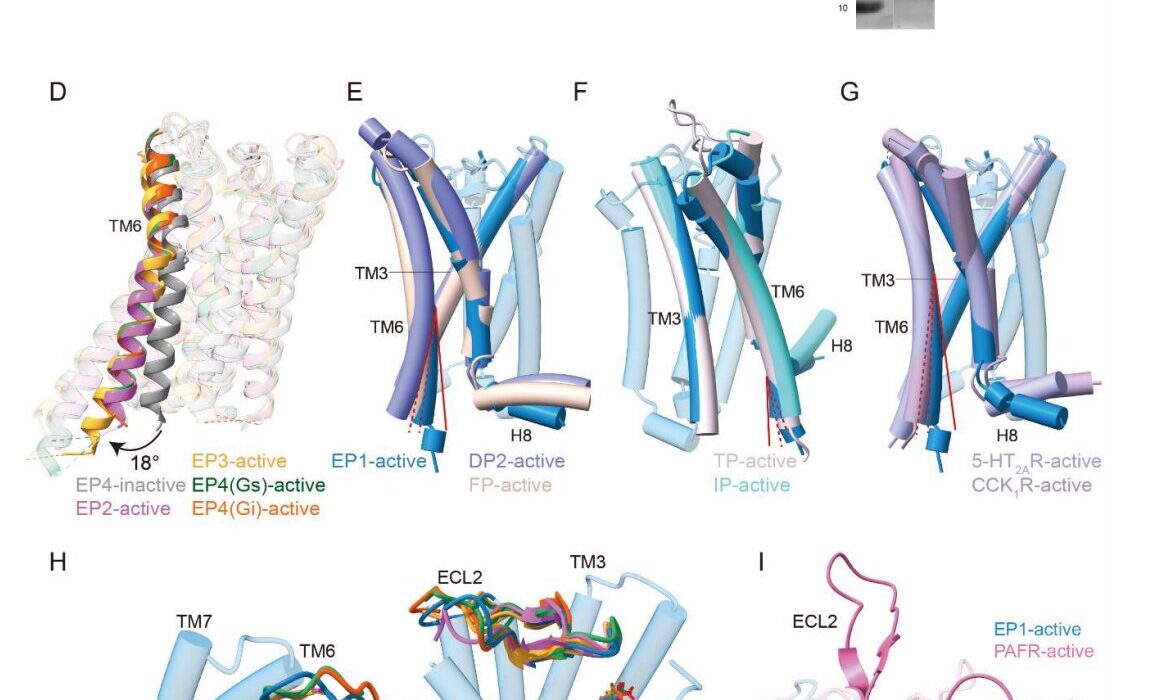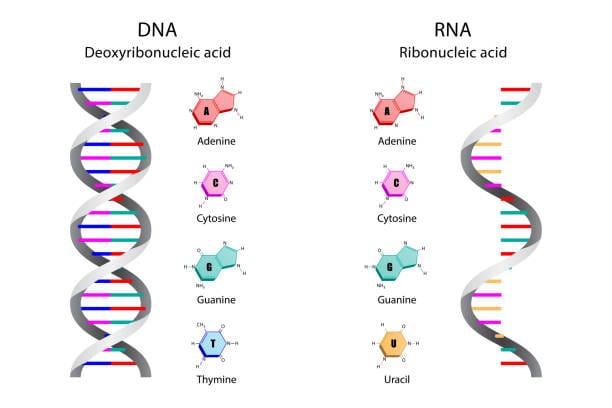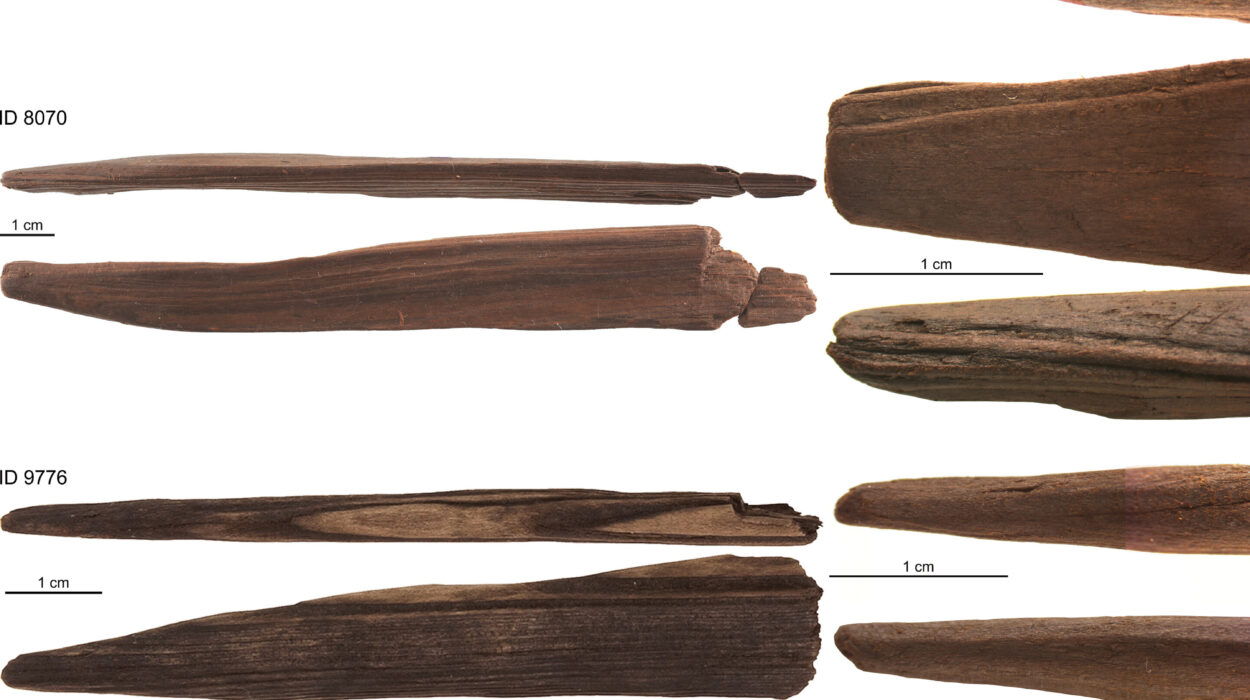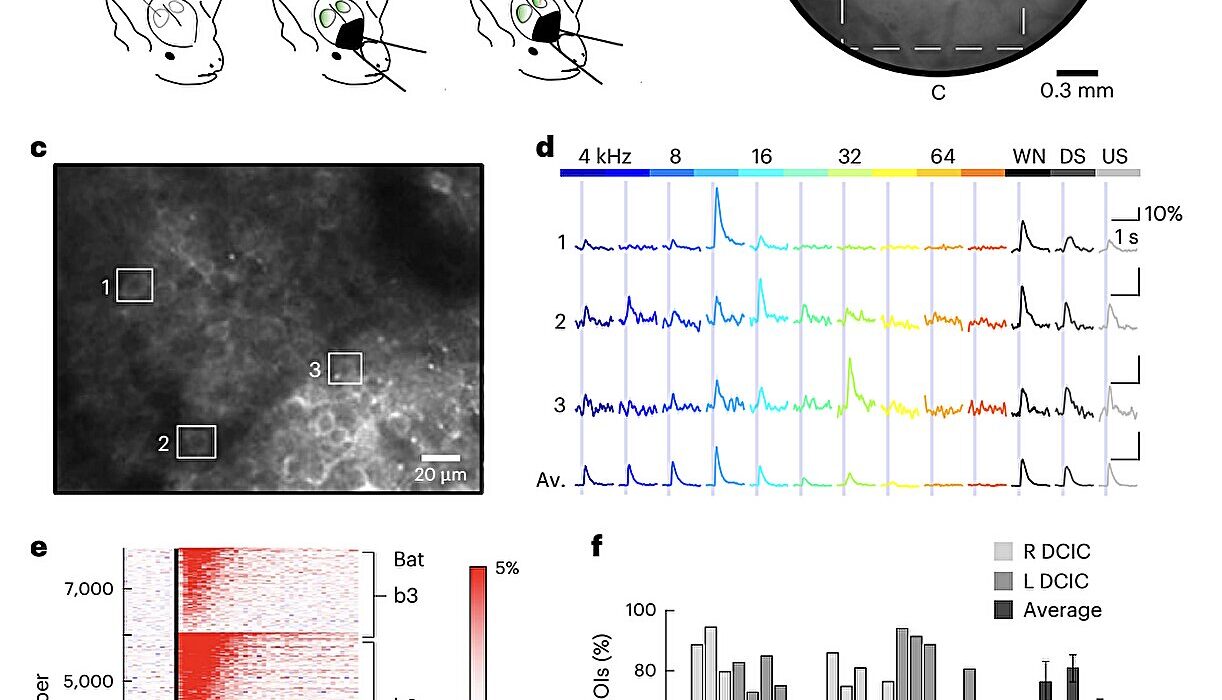From the moment life first emerged on Earth over 3.5 billion years ago, it has been in a state of flux. The landscapes have changed, oceans have risen and fallen, and continents have collided and drifted apart. Through it all, life has adapted, vanished, and reemerged in astounding forms. But how does such change occur? What invisible hand sculpts the beak of a finch, the coat of a polar bear, or the wings of a bat?
The answer lies in two intertwined concepts that have transformed our understanding of the living world: evolution and natural selection. Often used interchangeably in everyday conversation, these terms describe different—but deeply connected—ideas. To truly understand how life changes, adapts, and survives, we must explore the unique roles that both evolution and natural selection play in the grand theater of life.
This is the story of how life transforms—not just through the sweep of time, but through the whisper of generations.
Defining Evolution: The Tapestry of Change Over Time
Evolution, at its core, is change. It is the gradual alteration of the genetic makeup of populations over generations. Evolution explains how ancient single-celled organisms gave rise to the incredible diversity of life we see today. From jellyfish to giraffes, fungi to humans, every species on Earth is a product of evolutionary change.
But evolution is not a ladder, nor is it a march toward perfection. It’s more like a sprawling, branching tree. Species diverge, split, and sometimes die off entirely. Others persist, shaped by the environments they inhabit and the challenges they face.
Scientists define evolution most precisely as a change in the frequency of alleles—variants of a gene—within a population’s gene pool over time. These changes might be minor and subtle, or they might lead to the emergence of entirely new species. Evolution is the overarching process that describes how life on Earth changes and diversifies across the ages.
So what drives these genetic changes? What forces cause certain traits to become more common while others fade away? This is where natural selection enters the picture.
Defining Natural Selection: Nature’s Quiet Sculptor
Natural selection is one of the primary mechanisms by which evolution occurs. It was first formally described by Charles Darwin in his landmark book On the Origin of Species, published in 1859. Darwin didn’t invent the concept of evolution—ideas about species changing over time had been circulating for decades—but he gave evolution its engine.
Natural selection works on a simple yet powerful principle: individuals in a population vary, and some of those variations are heritable. In any given environment, some individuals will be better suited to survive and reproduce than others. Those individuals pass their advantageous traits on to their offspring. Over generations, these traits become more common in the population.
It is not a conscious process. There is no foresight or goal. Nature does not “intend” to produce faster cheetahs or stronger wolves. Rather, natural selection filters traits through the sieve of survival. What works, stays. What doesn’t, disappears.
This quiet sculptor works tirelessly, often unnoticed, over millions of years. It explains why polar bears have thick insulating fur, why cactus plants store water in their tissues, and why humans walk upright.
Yet natural selection is not the only force behind evolution. There are others—mutation, genetic drift, gene flow—but it is natural selection that most elegantly explains how organisms adapt to their environments.
A River and Its Current
To understand the relationship between evolution and natural selection, imagine evolution as a vast, flowing river. The river represents the history of life, winding through valleys and carving out canyons, changing course with the movement of time. Natural selection is the current that drives the river forward, shaping its direction and speed. Other forces—like mutation, which introduces new genetic variation; or genetic drift, which adds an element of randomness—also swirl in the water, influencing the flow.
But without natural selection, the river would meander aimlessly. It is selection that gives evolution its edge, its purposefulness—though not by intention, but by outcome.
Evolution is the fact. Natural selection is one of its causes.
It’s a distinction that matters because understanding the difference allows us to appreciate the complexity of life’s history. When people ask if evolution is real, they’re often misunderstanding the question. Evolution has been observed. It is as real as erosion or gravity. The debate—where it exists—is usually about how it happens.
And that “how” is answered in part by natural selection.
Microevolution and Macroevolution: The Zoomed-In and Zoomed-Out Views
Evolution happens on many scales. In a population of bacteria exposed to antibiotics, resistant individuals may survive and multiply—this is evolution on a small scale, known as microevolution. It can happen within days, even hours. It is observable in real-time, under a microscope, and in hospital wards around the world.
Macroevolution, on the other hand, is what happens when those small changes accumulate over vast stretches of time. It includes the origin of new species, the rise and fall of entire groups of organisms, and the sweeping patterns of extinction and diversification we see in the fossil record.
Natural selection operates in both realms. In microevolution, it tweaks populations. In macroevolution, it sculpts the tree of life itself. It is the same mechanism operating over different spans of time.
This duality—small changes becoming big ones—reveals the beauty of the process. It’s not that giraffes suddenly sprouted long necks in a single generation. Rather, countless tiny changes, each one offering a slight edge, compounded over millennia.
The story of life is not written in leaps, but in syllables.
The Role of Mutation: Evolution’s Spark
While natural selection is often described as the “engine” of evolution, mutation is its spark. Every trait that natural selection works on—whether it helps or harms—begins as a genetic mutation. These mutations occur randomly, caused by copying errors during DNA replication or by environmental influences like radiation.
Most mutations are neutral. Some are harmful. But a rare few are beneficial. These beneficial mutations provide the raw material for natural selection to act upon.
Think of a mutation as a new note in a song. Most notes won’t fit. Some will be jarring. But every so often, a new note might improve the melody. If that note helps the song survive—in this case, helps the organism survive—it becomes part of the permanent score.
Without mutation, there would be no evolution. Without selection, those mutations would drift without direction.
Together, they form a powerful duet—random change and non-random selection.
Misunderstandings and Myths
The concepts of evolution and natural selection are widely misunderstood, not just by the general public but sometimes even by those familiar with the terms. One common mistake is to treat evolution as a belief system rather than a scientific theory. But in science, a theory is not a guess—it’s a well-substantiated explanation of natural phenomena, supported by evidence and capable of making accurate predictions.
Another common error is thinking that evolution happens to individuals. It doesn’t. Individuals live, reproduce, and die. Evolution happens to populations over generations. A single giraffe doesn’t grow a longer neck by stretching it—rather, giraffes with slightly longer necks are more likely to reach food and survive, passing that trait on to their offspring.
Some imagine natural selection as a conscious force—as if “Nature” sits in judgment. But natural selection is impersonal. It is the consequence of differential survival. Organisms better suited to their environment tend to leave more offspring. That’s it. There is no grand design, no end goal. Evolution has no destination.
And yet, the results are astonishingly complex.
Evolution Beyond Biology
Though rooted in biology, the principles of evolution and natural selection have found echoes in other fields. In computer science, genetic algorithms mimic natural selection to solve complex problems. In linguistics, languages evolve through selection pressures of clarity and efficiency. In economics, market forces reward some behaviors and punish others in a system not unlike natural selection.
Even ideas evolve. Memes—the cultural kind, not just internet jokes—spread and mutate in a fashion reminiscent of genes. Some catch on, others fade away. Richard Dawkins coined the term “meme” in 1976 to describe how cultural information might replicate and spread under selection pressures.
These parallels are not mere metaphors. They demonstrate that evolution, in its broadest sense, is a powerful framework for understanding change, adaptation, and complexity—wherever it arises.
The Power of Time
One of the reasons evolution can be hard to grasp is that it works on timescales that dwarf human experience. We live for decades. Evolution operates over millennia, even eons.
But there are moments—windows into the process—that we can observe. Antibiotic resistance, pesticide resistance, changes in finch beak size during droughts, the emergence of new viruses—these are evolution in action. The principles are the same whether they unfold over a season or a hundred million years.
When we look at the fossil record, we’re not just looking at bones. We’re seeing snapshots of a story so vast and intricate it’s almost beyond comprehension. We’re looking at evidence of evolution—the record of life’s endless transformations—and behind much of it, we see the fingerprint of natural selection.
Why It Matters
Understanding the difference between evolution and natural selection is more than an academic exercise. It has real-world implications. It helps us combat disease, protect biodiversity, and anticipate the effects of climate change.
In medicine, understanding how viruses evolve and how bacteria develop resistance is critical. In agriculture, it informs breeding and pest control. In conservation, it helps us protect species not just as they are, but as they might become.
And on a deeper level, it helps us understand ourselves. We are not separate from the evolutionary story. We are part of it. Our brains, our hands, our emotions, our creativity—all were shaped by evolutionary pressures. And we, in turn, shape the evolutionary future of countless other species.
Evolution teaches humility. We are not the pinnacle of creation. We are one branch on a tree that has been growing for billions of years.
Natural selection teaches wonder. From simple rules, complex beauty can arise. From struggle and survival, we get songbirds and coral reefs, dragonflies and rainforests.
A Universe Without Design?
Some critics of evolution object to the randomness they perceive in natural selection. How, they ask, can something so beautiful arise from something so indifferent?
But this objection misunderstands the power of cumulative change. Evolution is not purely random. Mutations are random, but selection is not. Natural selection preserves what works. Over time, small improvements add up. A random walk becomes a staircase. There is no blueprint, but there is pattern. No engineer, but there is refinement.
It is not design, but it is not chaos either. It is something else—a process that creates form without intent, meaning without a mind.
And perhaps that is more awe-inspiring than design.
Conclusion: The Song of Life
To understand the difference between evolution and natural selection is to see the world with new eyes. Evolution is the grand, sweeping process by which life changes. Natural selection is one of the most important instruments that drives it forward.
Evolution is the melody. Natural selection is the rhythm. Together, they compose the song of life.
And that song is not finished. It plays on, in the fluttering wings of birds, in the resistance of microbes, in the genes of unborn children. We are both audience and instrument, shaped by the music and shaping it in turn.
Life is change. And change, as Darwin showed us, follows laws—beautiful, intricate, and profoundly real.
